Are Leprechauns Real? Here's What to Know About the Mischievous St. Patrick's Day Mascot
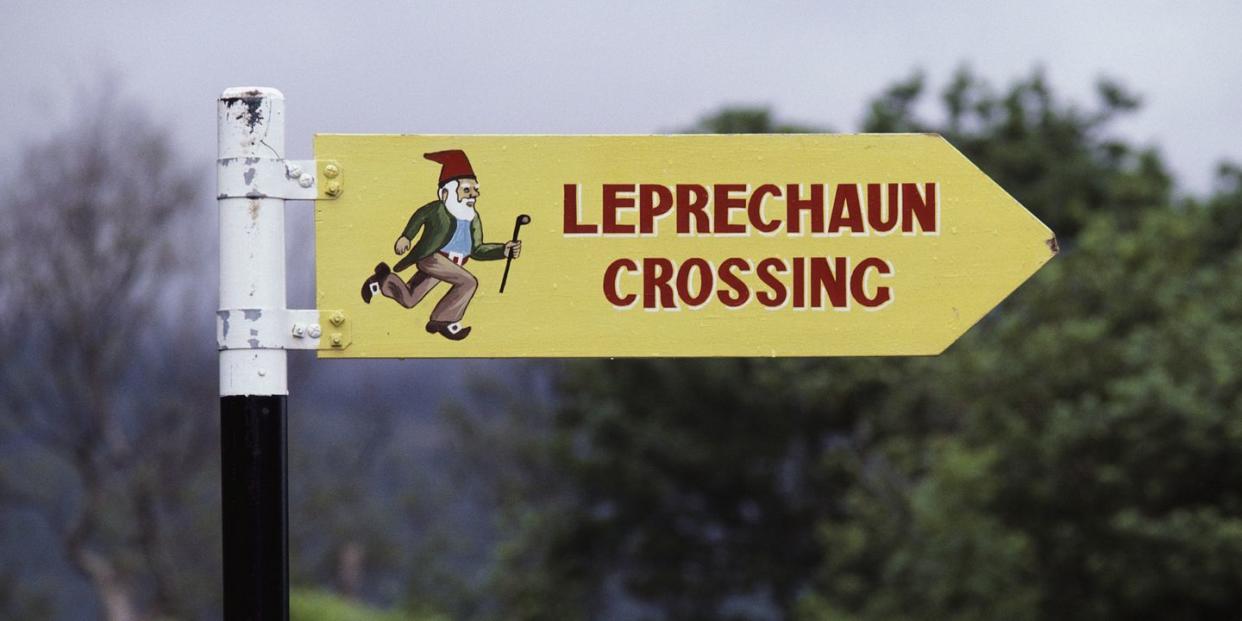
St. Patrick's Day is just around the corner, believe it or not! This year, between your Irish soda bread baking, green beer drinking, searching for four-leaf clovers, and general merry-making, you may be pondering a simple question—the same one many have pondered for years. Are leprechauns real?
You may think you've had too many brews if that's what on your mind, but it's a valid question! After all, these green-clothed, bearded creatures are practically the mascot of the holiday—and we're filled with questions every time we see them pop up in cartoons, St. Patrick's Day crafts, and St. Patrick's Day decorations. In their telltale coats and top hats, they've got a look that's as mischievous as it is friendly.
Oh, and they're magical to boot—even more magical than those boozy St. Patrick's Day desserts you're whipping up this year! We've even heard that they'll grant three wishes to any human who captures them in an attempt to get their freedom back—though you might want to think twice before taking them up on the offer.
So who are we to blame you for wanting to understand leprechauns a little bit better, and for wanting to know what they are, exactly? Is a leprechaun a human, a fairy, or an elf? Or are they something entirely different? And where did their story begin, anyway?
Here, we're exploring the world of leprechaun folklore (and delving into some of the history of St. Patrick's Day too!) in order to bring some satisfactory answers to try and answer "Are leprechauns real?"—plus the aforementioned questions. We've searched high and low to gather all the information we could possibly need, and now, we're sharing it all with you. Let's go!
Are leprechauns real?
In our opinion, the answer to this age-old question is a resounding "no." Leprechauns are not real; they're just fun, fictional characters with whom you probably enjoy celebrating St. Patrick's Day.
Still, whether or not you believe in these little creatures isn't quite so important as whether you respect the culture that first dreamed them up.
"For the Irish, it’s much more than the leprechauns and green color," English professor and Irish culture expert Ninian Mellamphy told the Pepperdine University Graphic in 2003. "The real significance is the culture, rich in antiquity and layered with the customs of many different civilizations. Irish memory is very significant, and many Irish plays are centered around this theme, which can be much more interesting than leprechauns, fairy forts, and other mythical folklore people have used to explain the oddness of the relics of Ireland’s ancient civilizations."
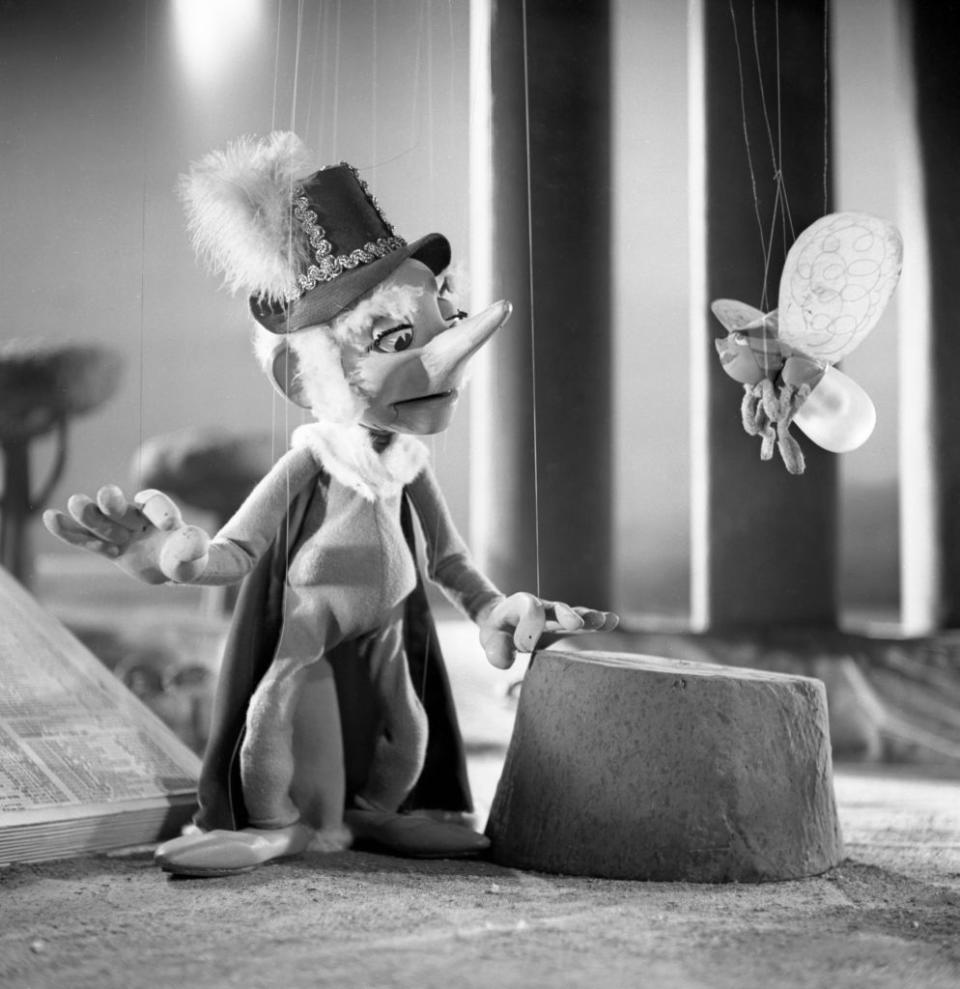
And for those of you who aren't quite so quick to dismiss the idea that leprechauns do, in fact, exist, just know that you're in good company. A 2011 survey conducted by an Irish whiskey brand concluded that a whopping one-third of Irish people believe in the existence of leprechauns, according to Irish Central.
Meanwhile, a 1958 New York Times article headlined "Are Leprechauns Real?" noted that former Irish president Éamon de Valera had to decide whether or not to punish 20 workers who refused to build a fence in a certain area of land because "the land is a fairy palace [for leprechauns] and must not be desecrated." And as recently as 2009, the Irish Post reported that "236 surviving Leprechauns in Ireland were afforded protection under the European Habitats Directive."
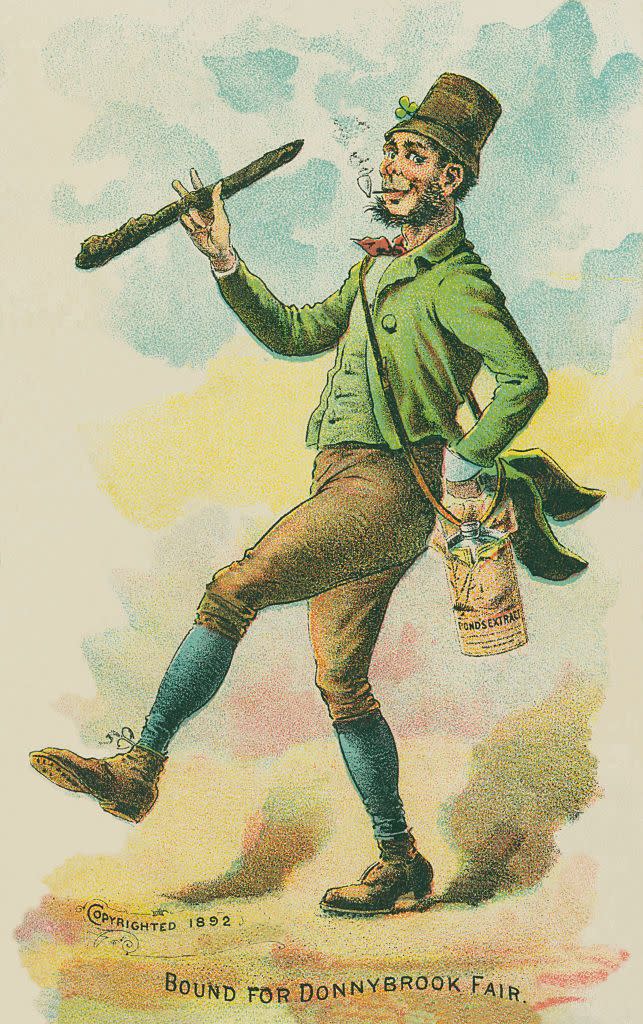
What is a leprechaun?
Nowadays, leprechauns are depicted as small, human-like creatures, and they're typically accompanied by a pot of gold, a green suit, and buckled shoes as their signature distinguishing characteristics. In popular contemporary illustrations (most notably the Lucky Charms cereal box!), they're often trailed by four leaf clovers and rainbows too.
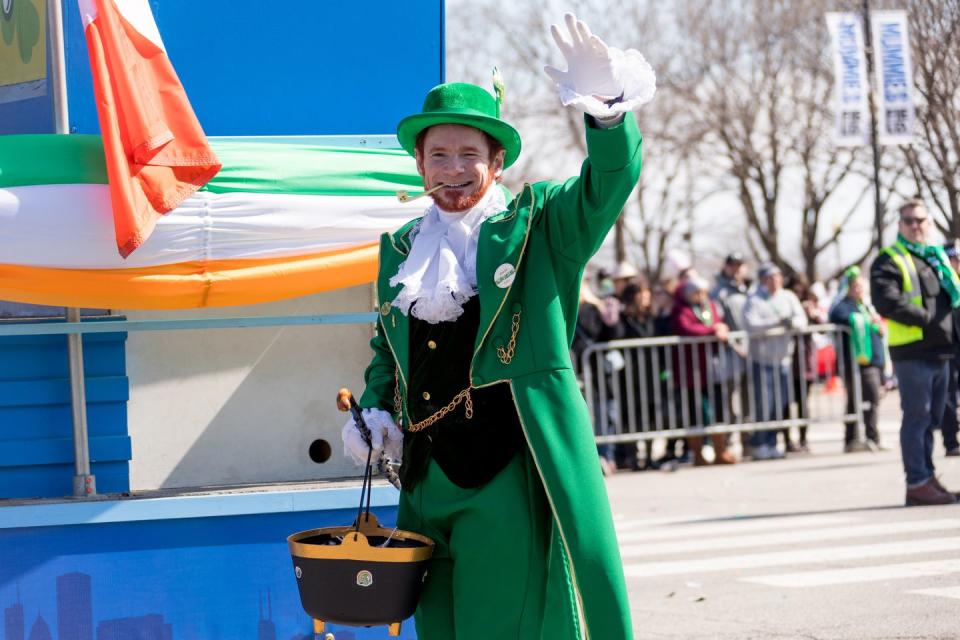
"Lucky" leprechauns tend to have a few well-known pastimes, including wish-granting, shoe-making, and treasure-hoarding. They're also solitary by nature, and love to be by themselves. And legend maintains that if you manage to catch a leprechaun, they'll be obliged to grant you three wishes.
According to YourIrish.com, the mythical leprechaun "can only be found in Ireland, in rural areas away from the general population," and is said to burrow in caves or the trunk of a "Fairy Tree." He's also an expert musician. Some actually believe that leprechauns are members of the Tuatha Dé Danann, a "supernatural" race found in Irish mythology.
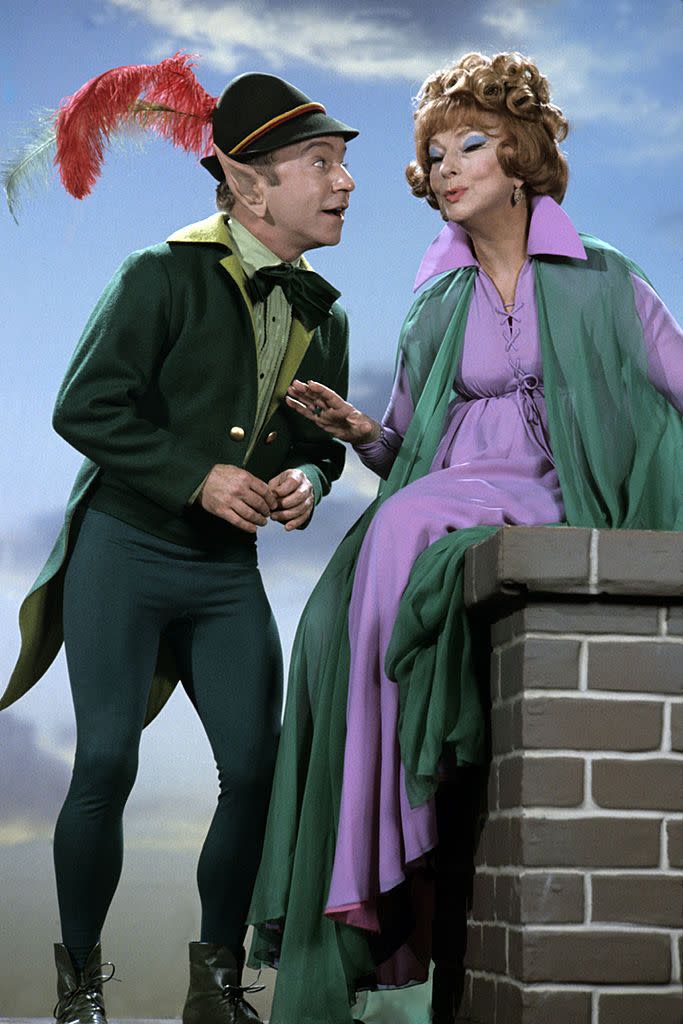
What is the story behind the leprechaun?
While we can't be totally sure about where their story originated, research by Live Science indicates that it was sometime in the 8th century, and it's also likely that they were first witnessed within Irish folklore. According to the Irish Times, the word "leprechaun" comes from the word "leipreachán," possibly preceded by the Middle Irish "luchorpán" ("lù" means "small" and corp" means "body, from the Latin "corpus"). However, the History Channel notes that their original name in folk tales was actually “lobaircin,” meaning “small-bodied fellow.”
As for whether or not you'll personally get to see one of these little tricksters on St. Patrick's Day, only time will tell. In any event, a green cocktail might be a good place to start!
You Might Also Like


